The “Birds” in the Brush
10,000 Birds
MAY 24, 2013
When you move on to Montana, you discover that there are worse things that one species of tiny screaming mammal tricking you each year as you try to cope with an influx of songbirds and a winterized memory bank that contains only Black-capped Chickadees and Dark-eyed Juncos (and only about half their calls at that.) You sigh and move on.




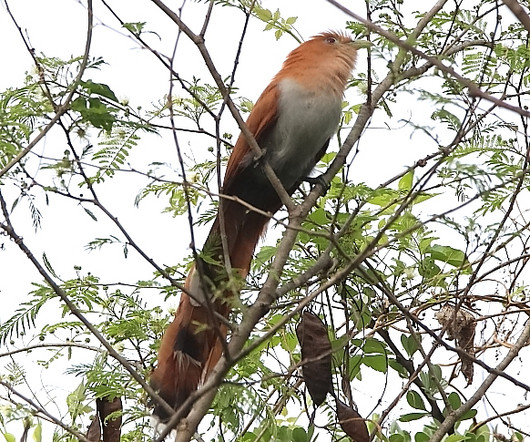


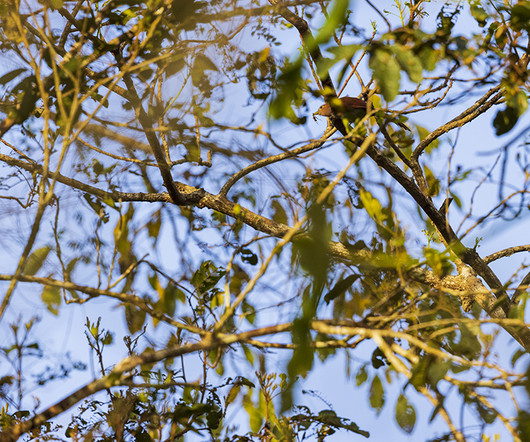



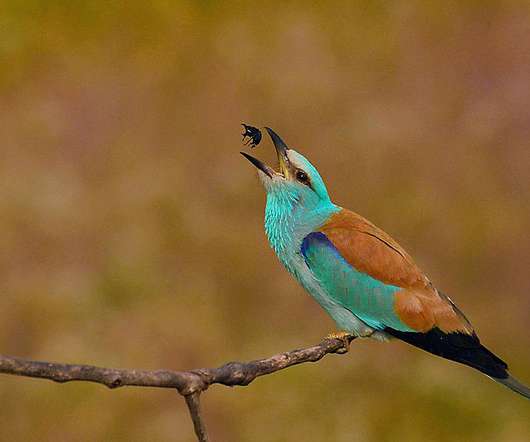
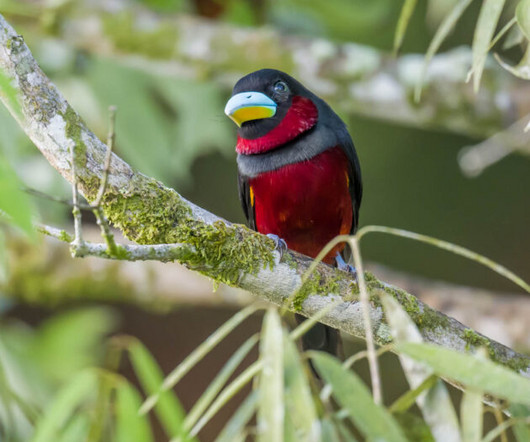













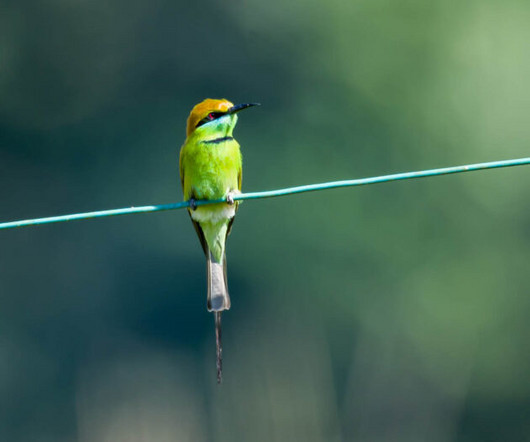






Let's personalize your content